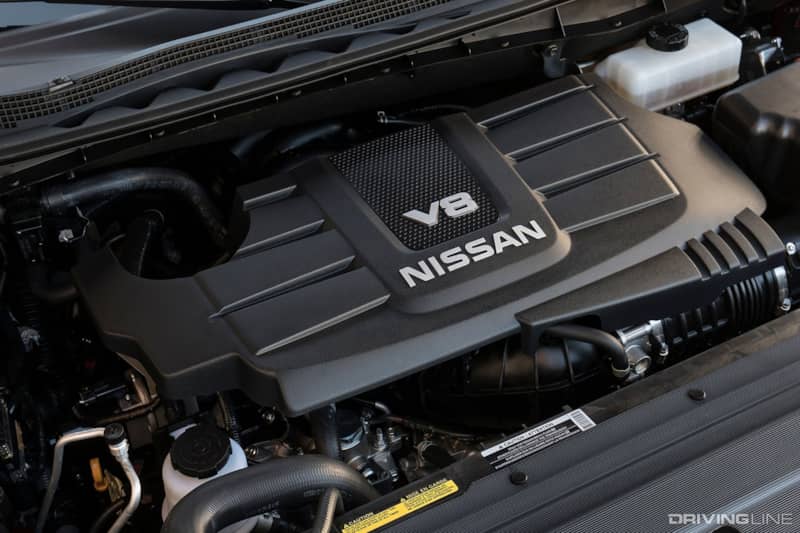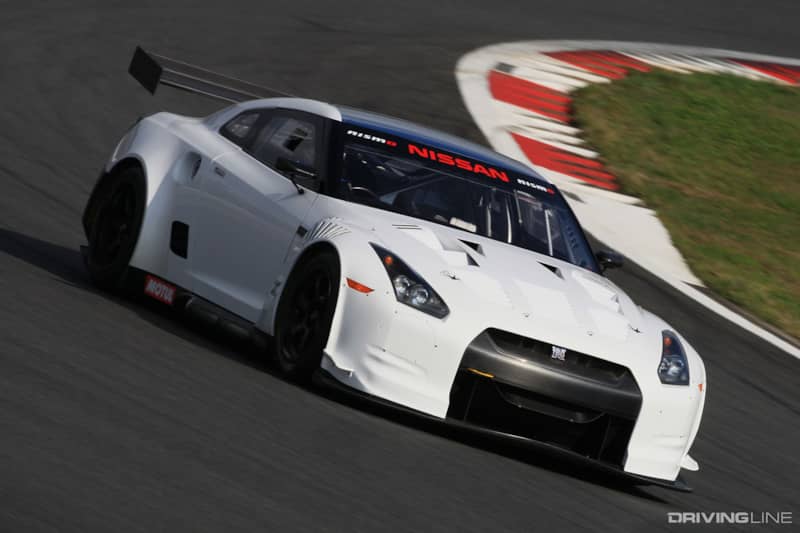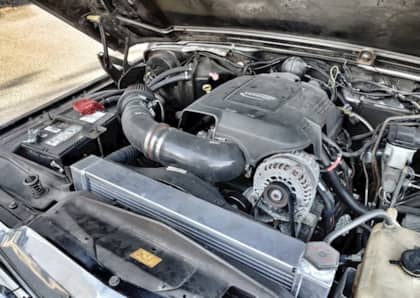From GT Racing to the Off-Road Trail: Nissan’s VK56 Is the Original Japanese "Muscle" V8
Japanese automakers may not be known for building legendary V8 engines in the same way their American counterparts are, but they have still built some impressive large displacement engines over the years.
Toyota’s UZ-series V8s are surely near the top of the list, but Nissan has also has a V8 that’s powerful, reliable and it doesn’t quite get love it deserves.

We are talking about the VK56DE engine, which has powered everything from luxury sedans and full-size pickups to factory-built Nissan race cars.

A Bigger VQ
The roots of the VK-series trace back nearly 20 years to the early 2000s, when Nissan designed a V8 based on its highly successful VQ-series V6. Like the smaller V6 it was based on, the VK had an aluminum block and heads, double overhead camshafts with four-valves per cylinder.

The early VK engines displaced 4.5 liters and could mainly be found under the hoods of certain Japanese Market luxury sedans as well as their US market Infiniti counterparts like the Q45 and M45. Nissan also used special race-bred versions of this engine to power its Fairlady Z and GT-R GT500 race cars in Japan's Super GT series.

But it was in 2004 when the larger 5.6 liter version debuted when the VK truly took a foothold in the American market. The engine powered the all-new Nissan Titan pickup as well as its SUV counterpart the Nissan Armada and the luxury-sepc Infiniti QX56.

The Real Deal
The Titan was Nissan's first attempt at a proper half-ton pickup and the VK56DE delivered the performance to back up the company's ambitious goals. It made 305 horsepower and 379 pound feet of torque.

With properly American displacement and output, the VK56 instantly made the Titan and its SUV siblings some of the most powerful in their classes. At the time it was considered one of the first real Japanese "muscle V8s."

And while Nissan dropped the VK56 into a sports car or performance coupe to create an actual Japanese muscle machine, the engine was used in the Infiniti M56 sedan beginning in 2011.

More Power, More Tech
The version used in this car was the upgraded "VK56VD" which features direct injection and other upgrades. Enough to boost output to 420 horsepower and 417 pound feet of torque.

It's this version of the VK56 which used across the board today, with the most common application continuing to be the Nissan Titan pickup and the Armada SUV, with current V8 versions of those trucks making 400 horsepower and 390 horsepower respectively.

To date, the highest output production variant of the VK56 is the 428 horsepower version used in the Nissan Patrol Nismo, a high performance version of the Armada that's not sold in the American market.

Racing Pedigree
The VK56 platform has also achieved its share of glory in the motorsport scene. In 2010 Nismo dropped a 600-horsepower racing version of the engine into its FIA GT1 GT-R race car.

And more recently a 650 horsepower version of the engine was used in the Nissan Altimas that were campaigned in Australia's V8 Supercars Championship.

A Lasting Legacy
While the VK56 may not enjoy the same image of bulletproof reliability that Toyota's V8s get, in the real world the VK56 has proven to be a very stout engine with no significant issues.

Likewise, it may not have the same aftermarket as an American V8, but there are plenty of options out there should you want to build a VK56 for more power. Whether it's simple bolt-on upgrades or complete supercharger kits, the aftermarket has a surprising amount of support for this engine.
All of that helps make the VK56 one of the great under appreciated V8 engines of the modern era—Japanese or otherwise.

And with today's market moving away from naturally aspirated V8s and toward smaller, turbocharged engines it's unclear how much longer the VK56 will be around, but it's already left its mark on the industry and enthusiast market even if it doesn't always get the attention it deserves.
More From Driving Line
- What did Toyota do in response to Nissan's bigger, badder V8? They made their own of course. Learn all about it right here.











